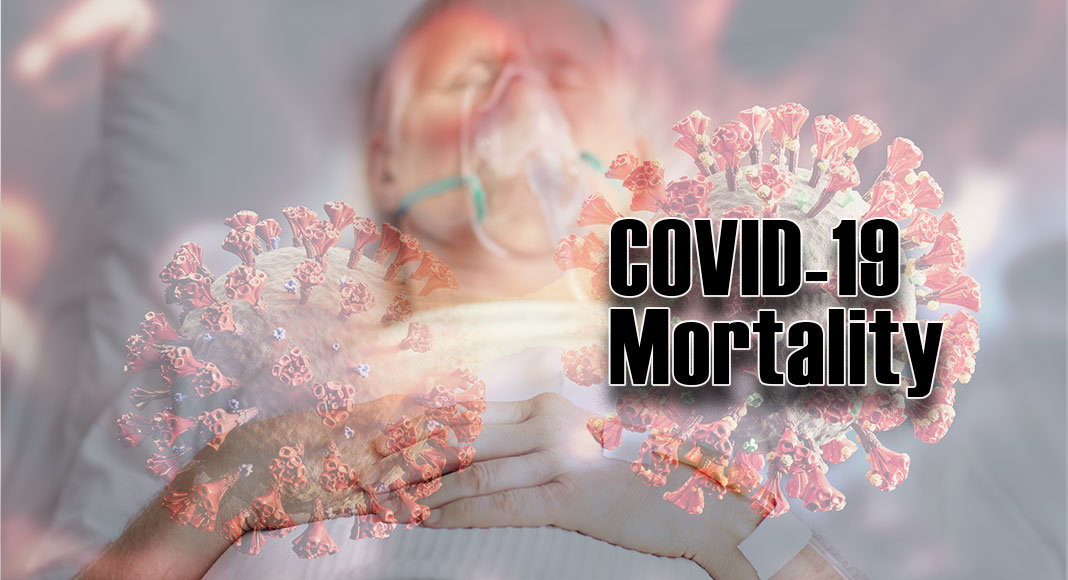
Mega Doctor News
Newswise — An enzyme with an elusive role in severe inflammation may be a key mechanism driving COVID-19 severity and could provide a new therapeutic target to reduce COVID-19 mortality, according to a study published in the Journal of Clinical Investigation.
Researchers from the University of Arizona, in collaboration with Stony Brook University and Wake Forest University School of Medicine, analyzed blood samples from two COVID-19 patient cohorts and found that circulation of the enzyme – secreted phospholipase A2 group IIA, or sPLA2-IIA – may be the most important factor in predicting which patients with severe COVID-19 eventually succumb to the virus.
sPLA2-IIA, which has similarities to an active enzyme in rattlesnake venom, is found in low concentrations in healthy individuals and has long been known to play a critical role in defense against bacterial infections, destroying microbial cell membranes.
When the activated enzyme circulates at high levels, it has the capacity to “shred” the membranes of vital organs, said Floyd (Ski) Chilton, senior author on the paper and director of the UArizona Precision Nutrition and Wellness Initiative housed in the university’s College of Agriculture and Life Sciences.
“It’s a bell-shaped curve of disease resistance versus host tolerance,” Chilton said. “In other words, this enzyme is trying to kill the virus, but at a certain point it is released in such high amounts that things head in a really bad direction, destroying the patient’s cell membranes and thereby contributing to multiple organ failure and death.”
Together with available clinically tested sPLA2-IIA inhibitors, “the study supports a new therapeutic target to reduce or even prevent COVID-19 mortality,” said study co-author Maurizio Del Poeta, a SUNY distinguished professor in the Department of Microbiology and Immunology in the Renaissance School of Medicine at Stony Brook University.
Collaboration Amid Chaos
“The idea to identify a potential prognostic factor in COVID-19 patients originated from Dr. Chilton,” Del Poeta said. “He first contacted us last fall with the idea to analyze lipids and metabolites in blood samples of COVID-19 patients.”
Del Poeta and his team collected stored plasma samples and went to work analyzing medical charts and tracking down critical clinical data from 127 patients hospitalized at Stony Brook University between January and July 2020. A second independent cohort included a mix of 154 patient samples collected from Stony Brook and Banner University Medical Center in Tucson between January and November 2020.
“These are small cohorts, admittedly, but it was a heroic effort to get them and all associated clinical parameters from each patient under these circumstances,” Chilton said. “As opposed to most studies that are well planned out over the course of years, this was happening in real time on the ICU floor.”
The research team was able to analyze thousands of patient data points using machine learning algorithms. Beyond traditional risk factors such as age, body mass index and preexisting conditions, the team also focused on biochemical enzymes, as well as patients’ levels of lipid metabolites.
“In this study, we were able to identify patterns of metabolites that were present in individuals who succumbed to the disease,” said lead study author Justin Snider, an assistant research professor in the UArizona Department of Nutrition. “The metabolites that surfaced revealed cell energy dysfunction and high levels of the sPLA2-IIA enzyme. The former was expected but not the latter.”
Using the same machine learning methods, the researchers developed a decision tree to predict COVID-19 mortality. Most healthy individuals have circulating levels of the sPLA2-IIA enzyme hovering around half a nanogram per milliliter. According to the study, COVID-19 was lethal in 63% of patients who had severe COVID-19 and levels of sPLA2-IIA equal to or greater than 10 nanograms per milliliter.
“Many patients who died from COVID-19 had some of the highest levels of this enzyme that have ever been reported,” said Chilton, who has been studying the enzyme for over three decades.
An Enzyme with a Bite
The role of the sPLA2-IIA enzyme has been the subject of study for half of a century and it is “possibly the most examined member of the phospholipase family,” Chilton explained.
Charles McCall, lead researcher from Wake Forest University on the study, refers to the enzyme as a “shredder” for its known prevalence in severe inflammation events, such as bacterial sepsis, as well as hemorrhagic and cardiac shock.
Previous research has shown how the enzyme destroys microbial cell membranes in bacterial infections, as well as its similar genetic ancestry with a key enzyme found in snake venom.
The protein “shares a high sequence homology to the active enzyme in rattlesnake venom and, like venom coursing through the body, it has the capacity to bind to receptors at neuromuscular junctions and potentially disable the function of these muscles,” Chilton said.
“Roughly a third of people develop long COVID, and many of them were active individuals who now can’t walk 100 yards. The question we are investigating now is: If this enzyme is still relatively high and active, could it be responsible for part of the long COVID outcomes that we’re seeing?”











